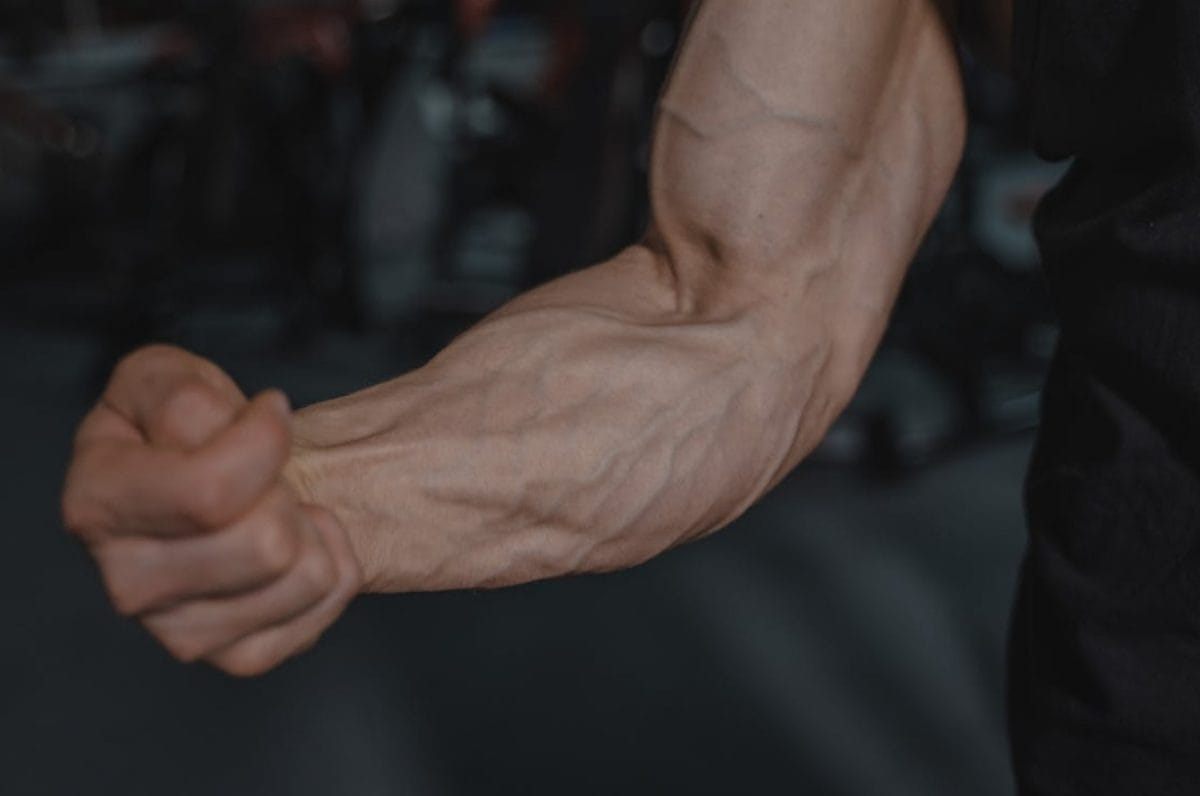Varicose veins, those unsightly and often uncomfortable bulges in the legs, have been a medical concern for centuries. Traditionally seen as a cosmetic issue, varicose veins are now recognized for their potential to cause significant discomfort and health complications. The journey from ancient remedies to today’s advanced treatments is a fascinating story of medical evolution, reflecting our growing understanding of venous health and the human circulatory system.
Historically, varicose veins were often misunderstood, with treatments based on limited knowledge and rudimentary techniques. The ancient Greeks, for instance, resorted to incisions and tight bandages to alleviate vein swelling. By the 19th century, surgical interventions evolved but were often painful and prone to complications.
In contrast, modern medicine offers a more nuanced understanding of Varicose Veins: Causes, Symptoms, and Treatment. Varicose veins occur when veins become enlarged, dilated, and overfilled with blood, often appearing swollen and raised, with a bluish-purple or red color. They are commonly attributed to genetic factors, lifestyle, pregnancy, and prolonged periods of standing or sitting.
Traditional Methods: A Painful Journey
Traditional varicose vein treatments were often invasive and painful. One of the earliest known treatments, ‘vein stripping,’ involved removing the affected vein from the body. This method, while effective in some cases, was typically associated with long recovery times and a high risk of complications like infection and scarring.
In the early 20th century, sclerotherapy was introduced. This involved injecting a solution directly into the vein, causing it to scar and forcing blood to reroute through healthier veins. While less invasive than stripping, sclerotherapy in its early forms was not always effective and sometimes resulted in side effects.
The Leap to Modern Techniques
The last few decades have seen remarkable advancements in the treatment of varicose veins, driven by technological innovations and a deeper understanding of vascular health. Today, treatments are less invasive, more effective, and have shorter recovery times.
One of the breakthroughs is Endovenous Laser Treatment (EVLT). This minimally invasive procedure uses laser energy to close off varicose veins, rerouting blood flow immediately. It’s typically done under local anesthesia and allows patients to return to normal activities much sooner than traditional surgeries.
Another modern approach is Radiofrequency Ablation (RFA). Like EVLT, RFA uses radiofrequency energy to heat and close varicose veins. It’s renowned for its efficiency and minimal discomfort.
Ultrasound-Guided Foam Sclerotherapy: A Contemporary Take on a Classic
Building on the concept of sclerotherapy, Ultrasound-Guided Foam Sclerotherapy (UGFS) has emerged as a highly effective treatment. This technique involves injecting a foam solution into the vein, which displaces blood and causes the vein walls to collapse and stick together. Under ultrasound guidance, this method ensures precision and increases the success rate, particularly for larger, more complex varicose veins.
VenaSeal: The Cutting-Edge Closure System
VenaSeal is a novel treatment performed by a vein clinic in Fort Worth that employs a medical adhesive to seal varicose veins. This procedure is unique as it doesn’t require multiple injections of anesthesia along the vein and is virtually pain-free. Patients can resume daily activities immediately after treatment, with minimal discomfort or downtime.
The Role of Compression Therapy in Modern Treatments
While not a standalone treatment for varicose veins, compression therapy is vital in modern treatment protocols. Compression stockings are often recommended post-treatment to optimize healing, improve blood flow, and reduce swelling. This simple yet effective approach complements high-tech treatments, ensuring better outcomes and patient comfort.
A Future of Hope and Healing
The evolution of varicose vein treatments from traditional to modern techniques is a testament to the progress in medical science. What once involved significant pain and risk is now a manageable health issue, treatable with highly effective, minimally invasive techniques. This journey, from rudimentary practices to advanced medical procedures, offers relief and cosmetic improvement for those suffering from varicose veins. It stands as a beacon of hope for the future of medical treatments.
